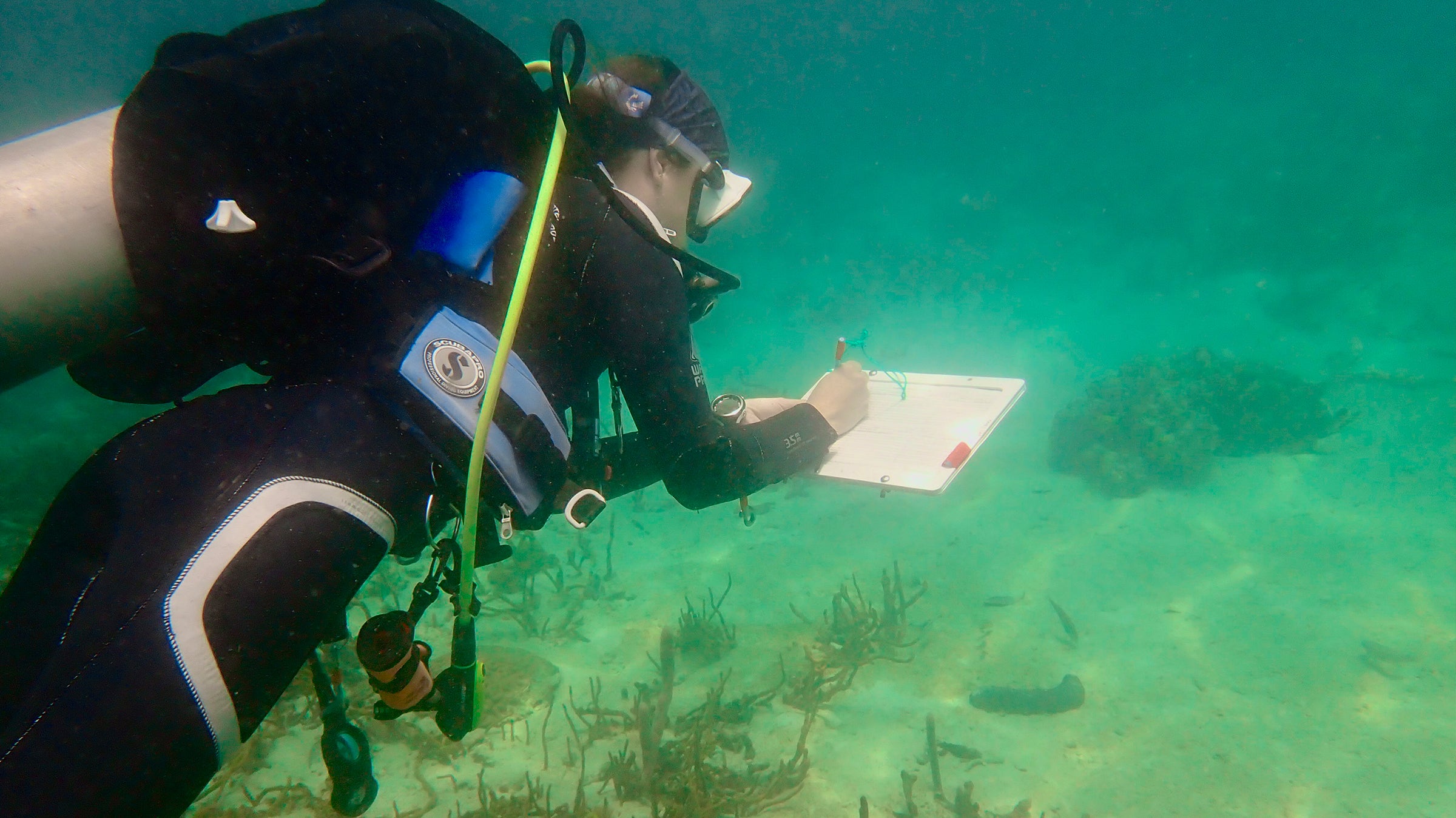News
Texas Connect
Turtle pond serves as living lab for student researchers
Justin Havird is leading students in a research project on the ecology and evolution of UT Austin's beloved turtles.

Celebrating UT Austin’s First Black Graduate Degree-Holders in Zoology
Making discoveries about health and the natural world were among Oscar Thompson’s and Exalton Delco’s achievements.

Texas Research
Faculty Member Wins University-Wide Research Excellence Award
Vagheesh Narasimhan had an extraordinary achievement in original research, providing clues to human evolution.

UT News
2024 Hamilton Book Award Grand Prize Goes to David Hillis for Homage to Texas Hill Country’s Biological Diversity
The Biodiversity Center director penned “Armadillos to Ziziphus,” a celebration of life in the Texas Hill Country.







